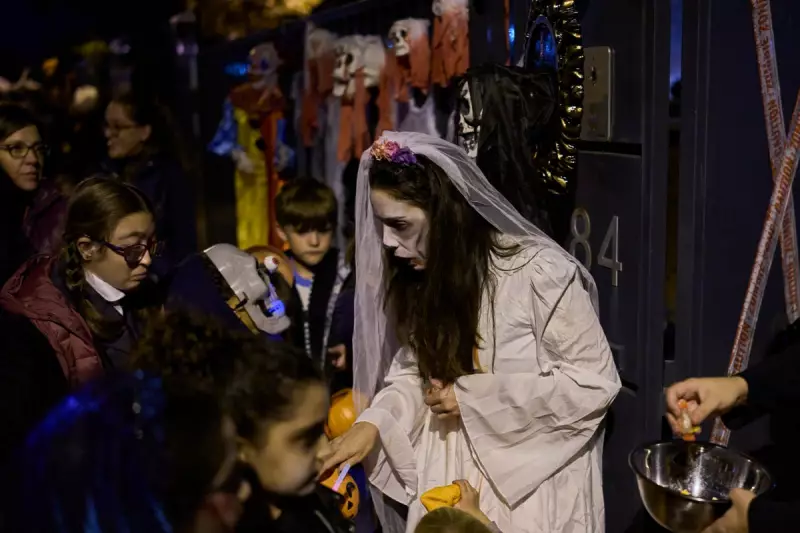
Archaeologists in Spain have made a chilling discovery that sheds new light on the brutal religious consolidation of medieval Europe. A mass grave containing hundreds of skeletons dating back to the 13th century has been unearthed, revealing disturbing evidence of systematic violence during Christianity's consolidation of power.
A Grisly Discovery in Central Spain
The excavation site, located near Madrid, has yielded the remains of approximately 300 individuals who met violent deaths. Forensic analysis indicates these weren't casualties of conventional warfare, but rather victims of targeted religious persecution during a pivotal period in Spanish history.
Evidence of Systematic Violence
What makes this discovery particularly significant is the pattern of injuries observed on the skeletons. Researchers have identified:
- Multiple sharp-force trauma consistent with bladed weapons
- Defensive wounds suggesting victims attempted to protect themselves
- Injuries concentrated on specific body areas indicating organised execution methods
- Absence of battlefield-related injuries typically seen in military conflicts
Historical Context: The Christian Reconquest
The timing of these deaths coincides with the period following the Christian reconquest of central Spain from Islamic rule. Historical records often portray this era as one of relative religious tolerance, but this discovery suggests a much darker reality.
"This mass grave challenges the romanticised narrative of peaceful coexistence," explains lead archaeologist Dr María Rodríguez. "The evidence points toward systematic violence against religious minorities during the consolidation of Catholic power."
Forensic Revelations
Advanced forensic techniques have allowed researchers to reconstruct the final moments of these individuals. The positioning of the bodies and the nature of their injuries suggest they were executed rather than killed in combat. Many skeletons show signs of multiple wounds, indicating overkill - a phenomenon often associated with ritualistic or symbolic violence.
Broader Implications for European History
This discovery has significant implications for our understanding of medieval religious dynamics in Europe. It suggests that the establishment of Christian dominance in Spain involved more violence than previously documented, potentially rewriting chapters of European religious history.
The research team continues to analyse the remains, hoping to learn more about the victims' identities, lifestyles, and the precise circumstances of their deaths. As DNA analysis progresses, we may soon know whether these individuals represented religious minorities, political dissidents, or victims of broader social cleansing.





